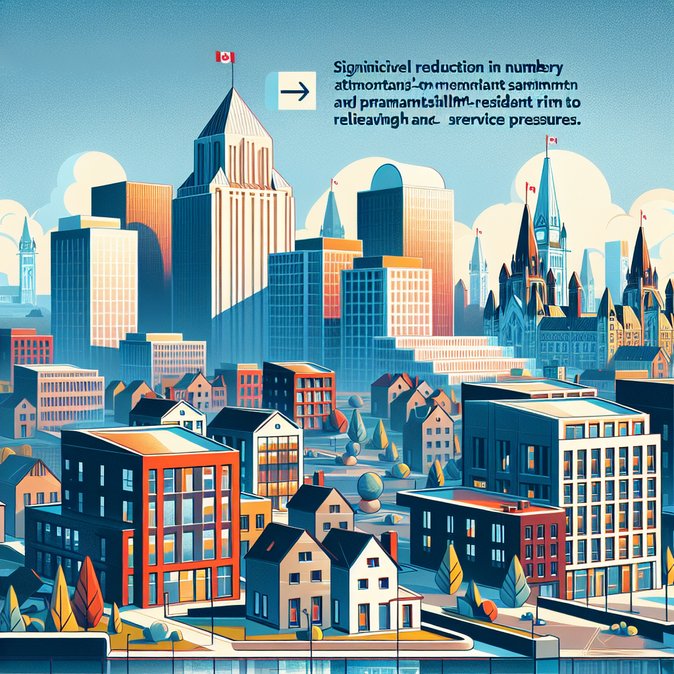
In its fiscal update tabled on 15 November 2025, Ottawa confirmed it will slash temporary-resident admissions beginning in 2026. Targets will fall from roughly 674,000 approvals in 2025 to 385,000 in 2026 and 370,000 in 2027-28, according to budget documents obtained by Yahoo News Canada.
Permanent-resident levels will also dip slightly to 380,000 annually between 2026 and 2028, down from 395,000 next year. The Finance Department forecasts a four-year revenue loss of $168 million from forgone application fees but argues the reductions are necessary to ease pressure on housing, health care and infrastructure.
![Federal Budget Signals Deep Cuts to Temporary-Resident Admissions From 2026]()
The budget introduces a two-year pathway to grant permanent residence to protected persons already in Canada, with $120 million earmarked for processing. Officials say the carve-out recognizes the reality that most refugees cannot safely return home and will accelerate their economic integration.
For employers, tighter caps on temporary workers and international students could exacerbate labour shortages if exemption categories are not broadened. Global-mobility teams should audit their contingent-workforce pipelines and consider intra-company transfers or francophone-mobility exemptions, which are not counted against the temporary-resident ceiling.
The government pledges to consult provinces before finalizing allocations. Immigration advocates warn that without faster permanent-residence processing, lower temporary-resident inflows may simply shift bottlenecks elsewhere in the system.
Permanent-resident levels will also dip slightly to 380,000 annually between 2026 and 2028, down from 395,000 next year. The Finance Department forecasts a four-year revenue loss of $168 million from forgone application fees but argues the reductions are necessary to ease pressure on housing, health care and infrastructure.

The budget introduces a two-year pathway to grant permanent residence to protected persons already in Canada, with $120 million earmarked for processing. Officials say the carve-out recognizes the reality that most refugees cannot safely return home and will accelerate their economic integration.
For employers, tighter caps on temporary workers and international students could exacerbate labour shortages if exemption categories are not broadened. Global-mobility teams should audit their contingent-workforce pipelines and consider intra-company transfers or francophone-mobility exemptions, which are not counted against the temporary-resident ceiling.
The government pledges to consult provinces before finalizing allocations. Immigration advocates warn that without faster permanent-residence processing, lower temporary-resident inflows may simply shift bottlenecks elsewhere in the system.







